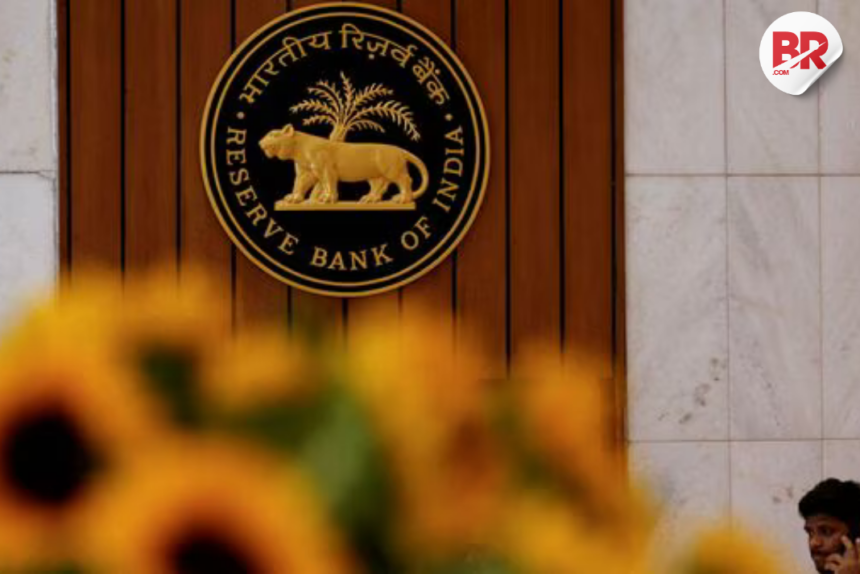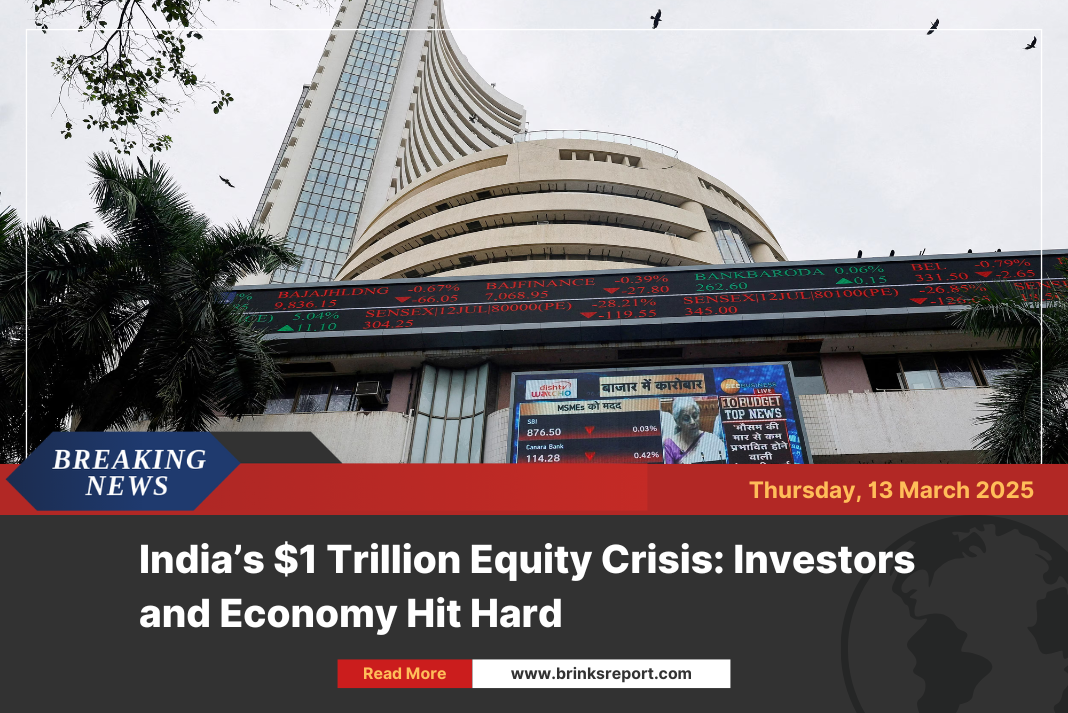
The Reserve Bank of India (RBI) is in the spotlight again. Most experts say the RBI is close to ending its rate-cut cycle. But economists like Soumya Kanti Ghosh and Debopam Chaudhuri think otherwise. They predict more repo rate cuts in the coming years. This view goes against the grain but matches global trends, especially the US Federal Reserve’s easing approach.
What’s a Rate Cut?
Imagine the RBI is like a big bank for all the other banks in India. When regular banks need money, they borrow it from the RBI. The repo rate is like the “price” or interest banks have to pay when they borrow money from the RBI.

Now, when the RBI cuts the repo rate, it’s like saying, “Hey banks, I’m charging you less for borrowing money.” That means banks also charge less interest when you or businesses take loans.
So, when the repo rate goes down, your home loan, car loan, or business loan can become cheaper. That means smaller EMIs and more money left in your pocket!
And guess what? When loans are cheaper, more people borrow and spend. That helps shops, businesses, and the whole economy grow.
So, what’s the story here? And what does it mean for you?
Why Are Some Experts Betting on More RBI Rate Cuts?
Debopam Chaudhuri expects the RBI to reduce rates further through FY26. He forecasts a 25 basis points cut in October 2025 and another 25 bps in February 2026. This would bring the repo rate down to 5%, but only if inflation stays below 4%. This is quite different from the majority view that RBI may soon pause or even tighten rates.
Soumya Kanti Ghosh agrees. He sees room for more cuts, especially given what the US Federal Reserve might do next. If the Fed lowers rates, the RBI may follow to keep India’s economy balanced. This would help maintain liquidity and encourage growth.
Also Read RBI Cuts Rates Big: ₹2.5 Lakh Crore Liquidity Boost Unleashed to Rescue Growth!
What’s Driving This Contrarian View?
- Global Influence: The US Federal Reserve sets a global tone. If the Fed keeps easing, the RBI might cut rates to stop the rupee from getting too strong. A strong rupee can hurt exports.
- Tamed Inflation: Inflation in India has been under control lately. If this continues, RBI can safely cut rates without risking runaway prices.
- Boosting Growth: India’s growth is steady but could use a push. Rate cuts make loans cheaper. This encourages people and businesses to borrow, invest, and spend more.
What Does This Mean for You?
If RBI cuts rates, loans become cheaper. Your home, car, or personal loans could have lower EMIs. That’s extra cash in your pocket.
Businesses would also benefit. Cheaper credit means they can expand and hire more. That could mean more jobs and better salaries down the line.
But Inflation is the Key
All this depends on inflation staying in check. If prices spike, RBI may have to change course. So, controlling inflation with smart policies and supply-side fixes will be crucial.
While most experts expect RBI’s rate cuts to end soon, economists like Soumya Kanti Ghosh and Debopam Chaudhuri think more cuts are coming. Their view fits with global trends and hinges on inflation control. This could be good news for India’s economy and for anyone with loans or investments.
Also Read Understanding RBI’s Liquidity Strategy: A Detailed Look at India’s Monetary Policy Shift












